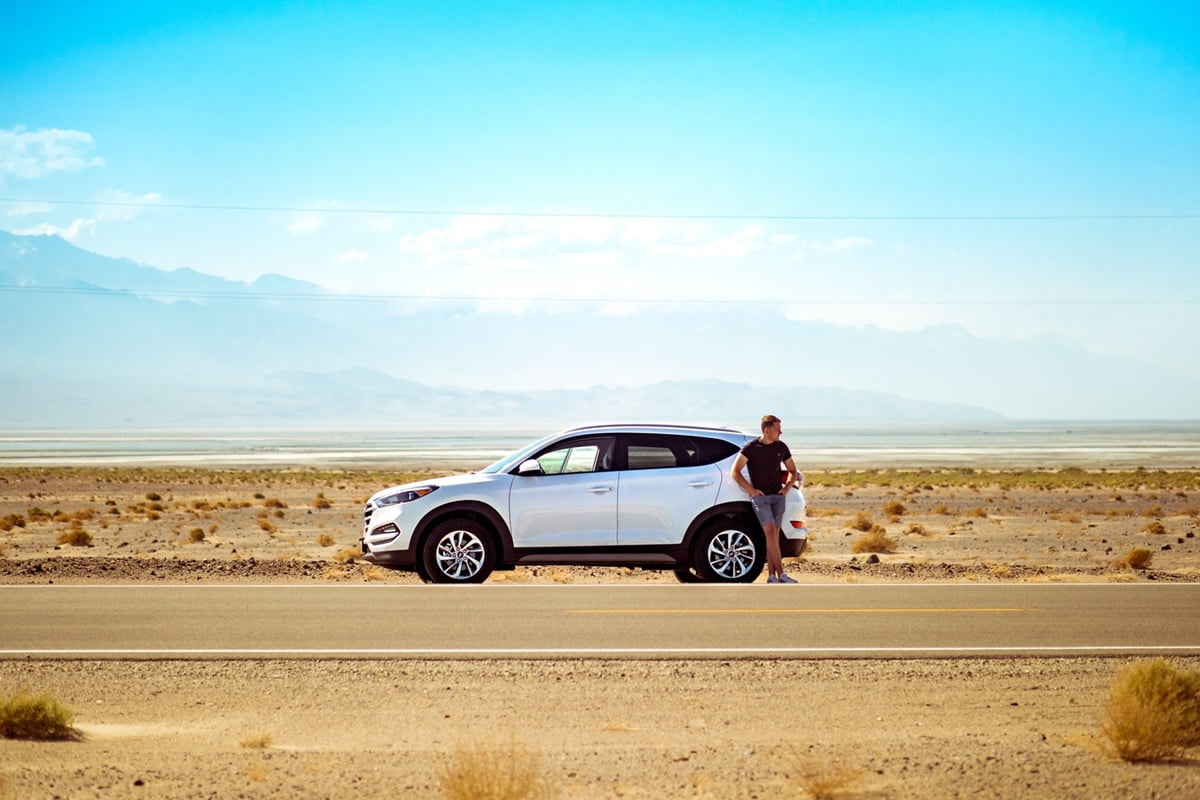

There’s no better feeling than roaming around Australia in a vehicle that you love, and there’s no worse feeling than when it breaks down in the middle of nowhere.
Vehicle breakdowns are more common than you think, and they can happen anywhere, whether you are driving through the streets of Melbourne or on a dusty road in the outback.
Preparation goes a long way to ensuring a smooth journey and is essential when it comes to dealing with the breakdown.
Preparation and Prevention
You should always have a roadside safety kit with you when driving. This should contain useful items and basic tools, jumper leads, petrol cans and reflectors.
Take a spare tyre too if possible. When you go on long road trips, especially to isolated areas, you should take exceptional care and pack extra supplies, enough to last if you experience a breakdown on a lonely road.
If you notice any issues with your car, then get them fixed as soon as they become apparent. Prevention is much better than cure. Small issues now can lead to big problems later, whereas keeping your motor in top condition will prevent a lot of breakdowns from happening in the first place.
If problems do happen while you’re on the road, then the first priority is to act calmly and get everyone to safety.
Safety First
Cars are much more advanced than they used to be, and breakdowns that leave you in a seriously compromising position are quite rare. Despite this, newer models are still vulnerable to breakdown. The leading cause is flat batteries at around 25% of breakdowns, followed by wheels and tyres at 11%, and electrical faults at 8%.
If your vehicle does breakdown while you’re driving, find the safest place to pull over to the left-hand side of the road. Pull over as far as possible so your vehicle is out of the way of incoming traffic. Put on your hazard lights, and your parking lights if you need to provide other drivers on the road with extra visibility.
Next, assess whether it is safe to leave the vehicle. In most cases, you can leave safely out of the passenger’s door, the one furthest away from the road. If not, stay in your vehicle with your seatbelts fastened. If you decide it’s safe to leave, exit and stand far away from the road, behind barriers if possible.
Only once you are completely out of harm’s way should you call for assistance.
Getting Assistance
Call for assistance from your insurance provider or roadside assistance service. If you pay a monthly service fee than the breakdown costs might already be covered. If you don’t have assistance already, companies will still help, but they will likely charge a hefty fee for joining on the day when you have already broken down. If you cannot afford the costs of recoveries or repairs, consider taking out a short-term loan to deal with the damage.
If your mobile phone is not working, then seek help from passers-by. If you are in a very remote area, set up your reflector kits to attract attention from vehicles and aircraft. A breakdown can really ruin your day, or disrupt your road trip. But the right preparation will make it unlikely that a breakdown will occur, and will prevent the situation from becoming an emergency if your vehicle does fail.
